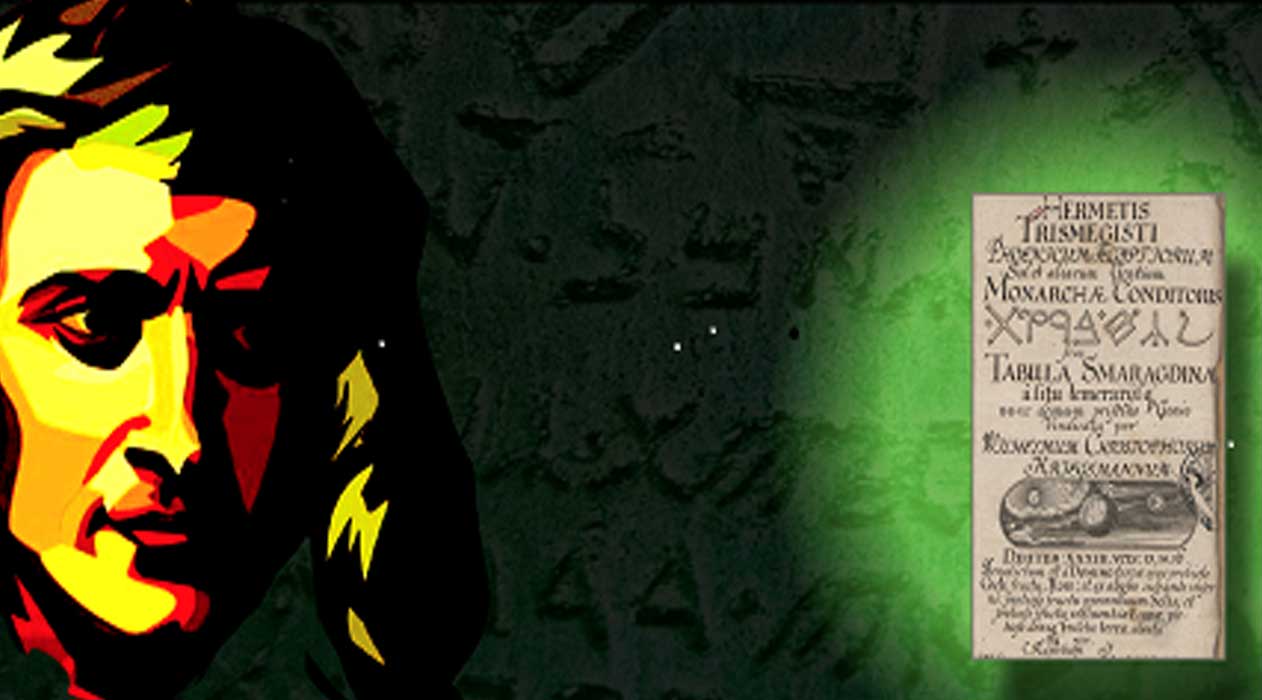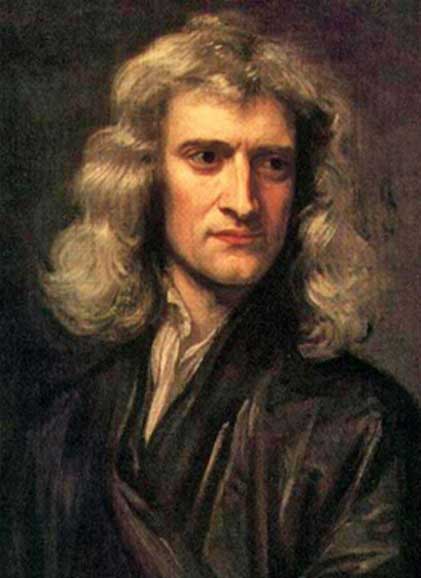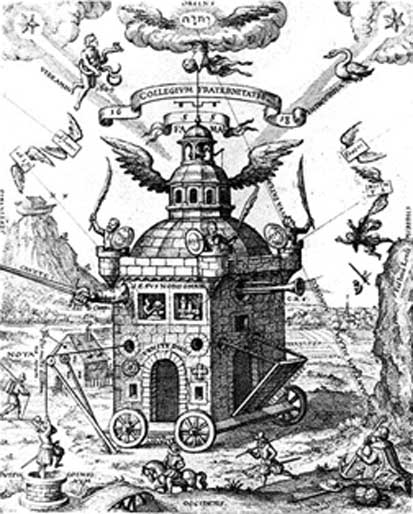
Sir Isaac Newton’s Secret Quest for the God Engine
Isaac Newton, English physicist, mathematician, astronomer, inventor and natural philosopher was one of the most influential and accomplished scientists in history. After Newton died, however, he caused great embarrassment to the scientific community when it was discovered that he was Europe’s leading alchemist. But just how many of his paradigm shifting scientific achievements resulted from his quest for the ‘Philosopher's Stone’ and his translation of the ‘Emerald Tablet of Hermes’?

Copy of a portrait of Sir Isaac Newton by Sir Godfrey Kneller (1689) (Public Domain)
Newton’s Secret Treasure Acquired by John Maynard Keynes
In July 1936, economist John Maynard Keynes returned from Sotheby’s auction house in London with a chest full of unpublished hand-written papers, laboratory books, diagrams and over a million unpublished words by Sir Isaac Newton. Contrary to expectations, Newton’s hitherto unseen papers did not illustrate his musings on celestial mechanics, calculus, optics or mathematical theory, but his personal work on esoteric theology and his alchemical laboratory notes. While Isaac Newton was regarded a towering sentinel of the scientific method on a global platform, he was secretly a deeply mystical, magical and animistic thinker.
The Newton Project website provides scans of papers written by John Maynard Keynes, offering researchers insights into Newton’s inner thoughts, for example: “the universe was a cryptogram set by The Almighty.” Newton set out to: “read the riddle of the Godhead, of past and future events divinely foreordained” and according to Keynes, Newton turned to the early philosophical works of the 16th century European intellectuals who formed the mystical secret society - The Ancient & Mystical Order Rosae Crucis, better known as the ‘Rosicrucians’.

The Temple of the Rose Cross, by Teophilus Schweighardt Constantiens (1618) (Public Domain)
Deeply religious and anti-Catholic, just like Newton, the Rosicrucians strived to create a liquid called the Elixir Vitae and a substance called the ‘Philosopher's Stone’, required to produce limitless amounts gold. Michael White’s 1999 book Isaac Newton: The Last Sorcerer tells us Newton owned: “169 books on alchemy,” including a highly annotated English translation of Thomas Vaughan’s Rosicrucian Manifestos; The Fame and Confession of the Fraternity R.C. and Themis Aurea by Michael Maier, a classic early work on the origins of Gnosticism and the Rosicrucian movement.
A quote by Keynes, published in Sir Isaac Newton, The Last Sorcerer perfectly summarizes the importance Newton assigned to alchemy in his quest for universal truths: "Newton was motivated by a deep-rooted commitment to the notion that alchemical wisdom extended back to ancient times. The Hermetic tradition - the body of alchemical knowledge - was believed to have originated in the mists of time and to have been given to humanity through supernatural agents.”
- Defeating Death: The Ancient Quest for Eternal Life through Artifacts, Divine Foods and Elixirs
- Gematria: Esoteric Numerology Based on the Hebrew Kabbalah
- Entering the 17th Century Argonautic Alchemical Portal
Newton’s Quest for the God Engine: The Emerald Tablet
One Hermetic text entrapped Newton more than any other, so much so that he translated it. The Tabula Smaragdina or the Smaragdine Tablet, better known as the Emerald Tablet, was believed by Hermetics, Gnostics and alchemists to be imbued with a powerful transmutational formula and deeply transformative esoteric powers.





